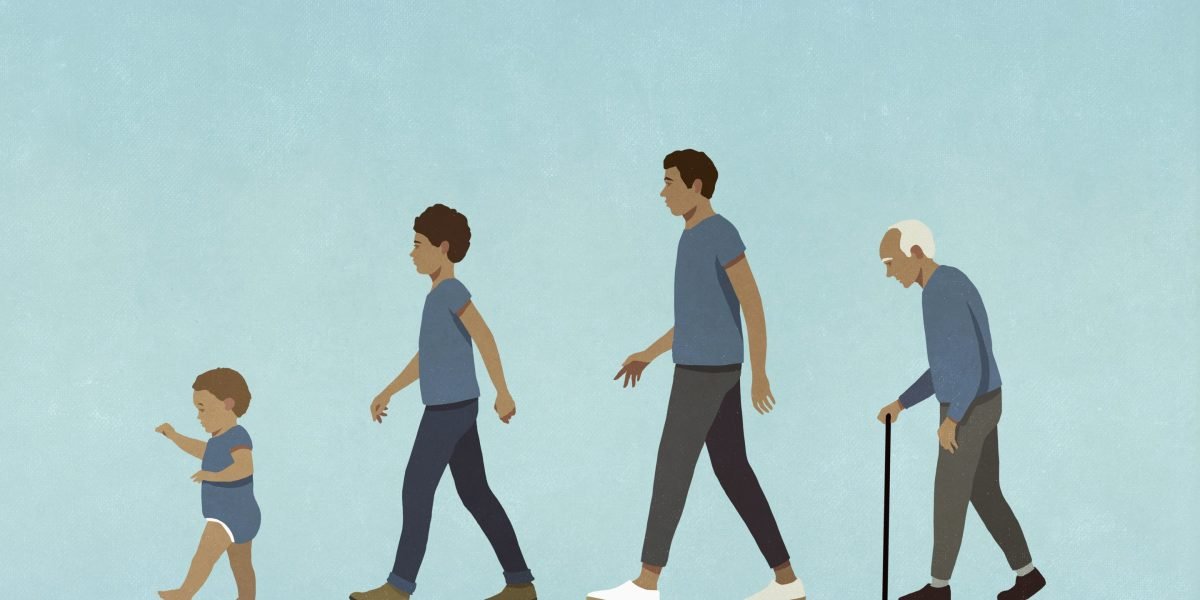
Life expectancy should increase globally by the end of the century—good news for grandparents and great-grandparents looking to spend more time with their grandchildren.
The bad news: They may be too old and frail to help with caregiving—and even require caregiving themselves.
An international team of researchers crunched both historical and projected numbers from the 2022 United Nations’ World Population Prospects. Among their findings, published recently in the journal Proceedings of the National Academy of Sciences: The number of living family members each person has will decline dramatically worldwide—by nearly 40%—by 2095 due to lower and later fertility.
In 1950, a 65-year-old woman could expect to have 41 living family members. In 2095, a 65-year-old woman is projected to only have 25 living relatives, researchers determined.
While families will shrink horizontally—with fewer cousins, nieces, nephews, and grandchildren—they’re expected to grow vertically thanks to longer life expectancies. Older grandparents and great-grandparents, however, might be “too old and frail” to provide caregiving support to grandchildren.
The largest family size declines are expected in South America and the Caribbean. North American and European families already trend smaller, so shrinkage will be less pronounced in those regions, according to researchers.
“Our findings confirm that the availability of kinship resources is declining worldwide,” Diego Alburez-Gutierrez—head of The Research Group on Kinship Inequalities at the Max Planck Institute for Demographic Research in Rostock, Germany—said in a news release about the study.
“As the age gap between individuals and their relatives widens, people will have family networks that are not just smaller, but also older,” he added. “While this could theoretically help ease the burden of childcare for parents, these (great-)grandparents may actually need care themselves.”
Post-pandemic life expectancy not bouncing back in U.S.
The new findings come as life expectancy in the U.S. continues to fall, in contrast with much of the rest of the world. In 2021, life expectancy—76.1 years—decreased for a second consecutive year. It sat at 78.8 years in 2019 and 77 years in 2020.
The gap in life expectancy between U.S. women and men widened in 2021, too, to nearly six years—reaching a near two-decade high due to COVID mortality and “twin crises of deaths from despair and firearm violence,” according to a research letter published in November in the journal JAMA Internal Medicine.
While the U.S. spends more than any developed nation on health care, it ranks near the bottom when it comes to life expectancy, according to the Council on Foreign Relations. While life expectancy took a hit globally during the COVID-19 pandemic, it rebounded in many countries, with the U.S. again serving as an outlier. It ranks near the bottom of a list of Organization for Economic Cooperation and Development countries when it comes to percent of its population fully vaccinated against disease.
Source link




